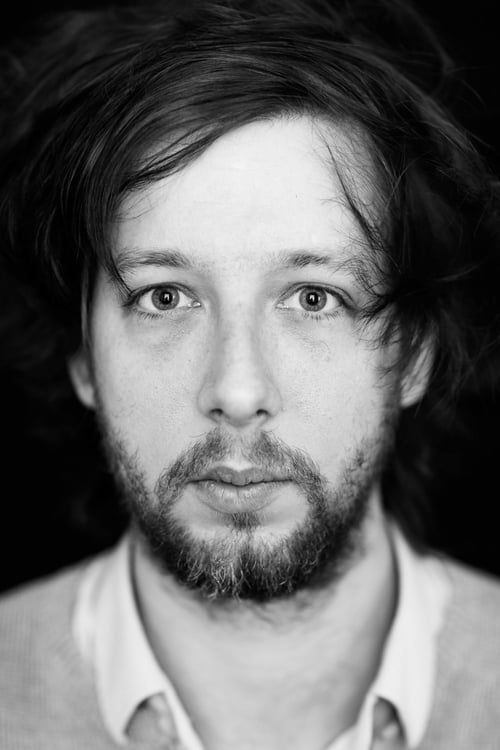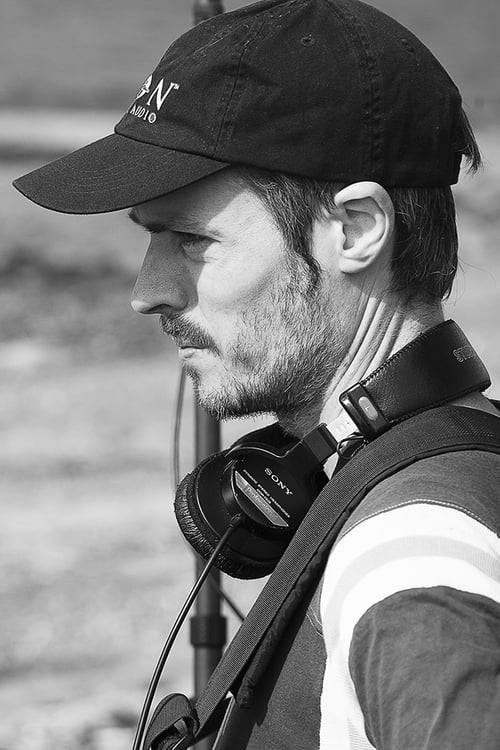White Noise (2019)
Gênero : Thriller, Documentário
Runtime : 1H 17M
Director : Simon Beaulieu
Sinopse
A reflection on the fate of humanity in the Anthropocene epoch, White Noise is a roller-coaster of a film, a whirlwind of sounds and images. The fourth feature-length work by Simon Beaulieu, this film essay plunges viewers into a subjective sensory adventure—a direct physical encounter with the information overload of daily life. White Noise transforms the imminent collapse of our civilization into a visceral aesthetic experience.
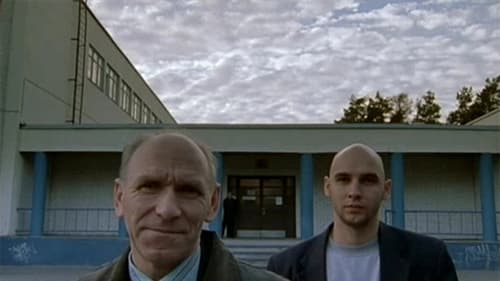
Twenty-five films from twenty-five European countries by twenty-five European directors.
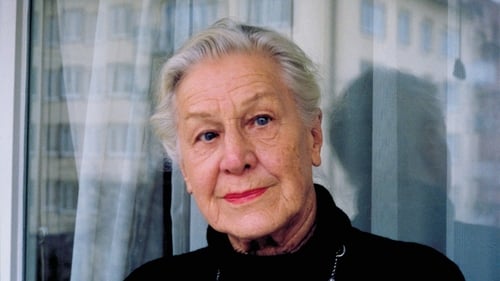
Documentarians Andre Heller and Othmar Schmiderer turn their camera on 81-year-old Traudl Junge, who served as Adolf Hitler's secretary from 1942 to 1945, and allow her to speak about her experiences. Junge sheds light on life in the Third Reich and the days leading up to Hitler's death in the famed bunker, where Junge recorded Hitler's last will and testament. Her gripping account is nothing short of mesmerizing.
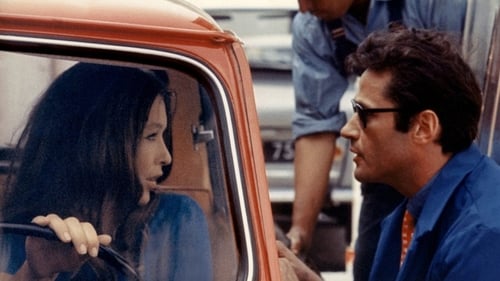
O "Dela" no título do filme se refere à Paris dos anos 60, um retrato da sociedade de consumo, em meio à pobreza das massas e conflitos como a Guerra do Vietnã. Um dos exemplos dessa atmosfera é Vlady, uma dona-de-casa que se divide entre cuidar da família e a prostituição, o meio mais fácil que encontra para poder ganhar dinheiro e satisfazer suas necessidades mais frívolas.

Cremaster foi feito durante um período de oito anos (1994-2002) e culminou em uma grande exposição do museu organizado por Nancy Spector do Museu Solomon R. Guggenheim , em Nova York, que viajou para o Museu Ludwig , em Colónia e do Musée Moderne arte d' em Paris, de 2002-03. Colaborador de longa data do Barney Jonathan Bepler compostas e arranjadas as trilhas sonoras para os filmes.

Minha mãe e seus muros sonoros. Prestes a desabar.

How do you put a life into 500 words? Ask the staff obituary writers at the New York Times. OBIT is a first-ever glimpse into the daily rituals, joys and existential angst of the Times obit writers, as they chronicle life after death on the front lines of history.

A video essay where the author presumes motivations and insights in a fictionalized biography regarding Debra Paget, a contract player for 20th-Century Fox whom they groomed and coached for stardom.

After a dizzying trip through the cosmos we see how an astronaut is flung into space. Rudderless, irrevocably heading for the eternal black hole. The images originate from existing films such as Kubrick’s 2001: A Space Odyssey, the soundtrack offers no redemption.

Filmmaker Kogonada unpicks what defines the Golden Age of Italian cinema with a side-by-side comparison of two edits of the same film, one according to Italian director Vittorio De Sica, and the other according to Hollywood producer David O. Selznick.
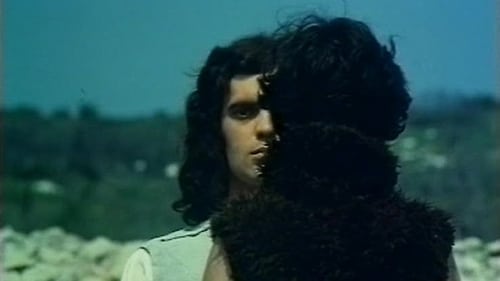
A very personal interpretation, to say the least, of the passion of the Christ According to St. John.

The director spent her childhood living apart from her family and knew very little about its history. This changed when she graduated from college and decided to face her parents with her camera in a search for answers to questions about her past.

No Porto, Manoel de Oliveira está prestes a deixar a casa que ocupou durante décadas por causa de suas dívidas. Ao espectador, ele fala sobre sua história familiar, cinema e arquitetura, compartilha vídeos caseiros e reencena seu desentendimento com a ditadura militar.

A photograph of an unknown Mapuche great-grandmother is the starting point of this documentary essay. Through the analysis of said picture, conversations with family members, a trip to southern Chile cities, and an actress who re-enacts the photo, we see the existing prejudice against indigenous people.

A film composed of images from prisons. Quotes from fiction films and documentaries as well as footage from surveillance cameras. A look at the new control technologies, at personal identification devices, electronic ankle bracelets, electronic tracking devices.

A short 6-minute essay-documentary by Maurice Pialat on the region in which much of the action of Nous ne vieillirons pas ensemble unfolds.

Chile is seen through the eyes of a Chinese painter - a traditional painter who uses the concepts of XVIII century Shih-T'ao.

A dream walk through the United States of America; a meditation on the thoughts and ideals of its inhabitants, as they are exposed in their silent but eloquent home movies.

Following Bellavista and Totó, Peter Schreiner completes his informal trilogy of epic, black-and-white digital-video essay-films with the utterly monumental Fata Morgana. Shot in the Libyan desert and in an abandoned building in Lausitz, Germany, it features a man (Christian Schmidt), a woman (Giuliana Pachner, from Bellavista) - and, glimpsed now and again, a guide (Awad Elkish.) They talk, they fall silent. Winds blow. The sun shines. The camera runs. What gradually takes shape is nothing less than a painstakingly concentrated attempt to understand the human condition through the lens of cinema. A lofty ambition, and one that demands a considerable leap of faith on the part of the audience: this film is sedate, "difficult", challenging, often apparently impenetrable. But anyone who has seen Schreiner's previous films will be aware that he is by any standards a major artist, one that can be trusted to find places that other directors may not even suspect exist.

"A refined film essay about the loneliness, wisdom and humility of old women. The film, most valued by Jan Špáta, was awarded the Grand Prize at the International Short Film Festival in Oberhausen, the Trilobit Award and Special Mention at the IFF in Karlovy Vary."

Ao filmar as paisagens invernais das planícies e aldeias de Ain, onde vivia o sacerdote santificado Santo Cura de Ars, Jacques Demy tentou compreender o misticismo e os tormentos diários de um lutador pela fé.

